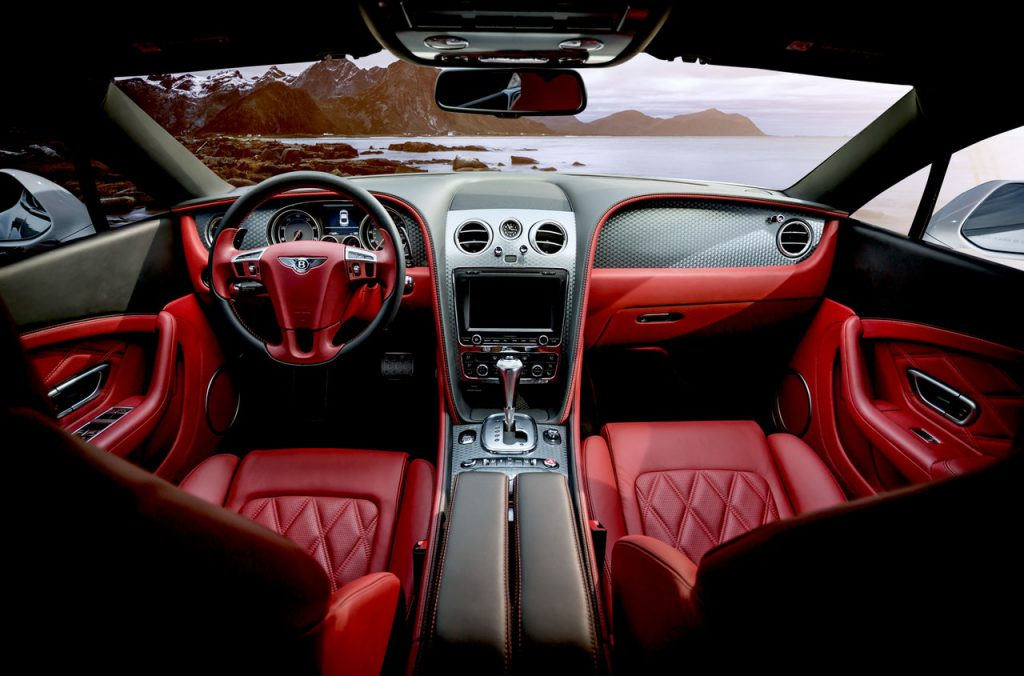With the development of today’s automotive industry, many cars are equipped with the best features. In fact, most of the best, coolest, and most luxurious automotive technology today is installed on regular cars. Cruise control is one of them. Except for the basic trim for entry-level vehicles and dedicated performance cars, all vehicles have cruise control. If you’re a professional driver, the term adaptive cruise control is not unfamiliar. However, if you have only received your car in the last week, then this system is actually quite new. So what is this control and do we need to have it?
What is Adaptive Cruise Control: Is This Feature Right for You?
Definition of Adaptive Cruise Control
Imagine when you’ve been driving for so long and still want to keep up with the speed you want. This is a daunting task for every driver because you have to use the accelerator all the time. That’s why we have adaptive cruise control.
This automotive component controls and helps other non-adaptive systems to maintain the correct speed, especially on highways. Not to mention, adaptive cruise control is even more advanced: the owner can set the following distance from the vehicle in front and the desired speed. If there is a slower vehicle moving ahead, the system will also automatically slow down to maintain a pre-set following distance. And when the trolley gets out of the way, it increases the speed to reach the original preset speed.
This drastically reduces stress and energy when traveling long distances. And with state-of-the-art technology, the system is also integrated with the car navigation system and the front-view camera. This combination allows the system to slow down if the published speed limit changes, or when the car goes around narrower corners.
The convenience of adaptive cruise control
You might be wondering, this is indeed a good car system, but how does this adaptive cruise control make the commute easier? As we mentioned earlier, this system relieves the driver of the pressure to control the accelerator pedal in various situations, and this is the most basic system.

The ability to automatically slow down is very useful (Image source: Pexels)
What is Adaptive Cruise Control? With the upgraded adaptive cruise control, the driver can use a feature called Traffic Jam Assist. More specifically, cars can use stop-and-go functionality, which allows the driver to use adaptive cruise control at low speeds. The ability of the system plays a vital role in this action. The system also stops when there is traffic in front.
What does the system do after that, you may ask? When stopped, they are automatically deactivated for a few seconds. This allows the driver to press the accelerator pedal or recovery button to start driving. In addition to this, there are many driver assistance technologies such as forward collision warning, automatic emergency braking, lane keeping assist, and pedestrian detection. All of this is designed to provide the highest level of commuting stress relief.
Just like Audi or Subaru, the owner can even adjust the aggressiveness of the technology. The system uses an advanced model that allows the car to accelerate smoothly and brake automatically in dangerous situations.
Limitations of adaptive cruise control
Just like any safety system or car component, adaptive cruise control has its drawbacks. With standard cruise control, the owner needs to control the car. Of course, if the car in front suddenly brakes and stops, you will need to press the brake pedal yourself.
This happens when you also have obstacles on the road. In these cases, you need to perform and intervene manually. Not to mention, both debris and weather can affect the system. More specifically, adaptive cruise control requires camera sensors and radar to detect the vehicle ahead. The weather affects these car parts and also the system.
Is adaptive cruise control worth it?
We now know that this system is great, but, is it worth the money? If you think you can trust the technology and have a long commute, then you may need this adaptive cruise control.

If you want to relieve stress while driving, this could be your cup of tea (Image Credit: Pexels)
With this technology, car owners can make the car brake and accelerate during most of the driving. It’s like having your personal chauffeur. This will definitely reduce the stress associated with driving.
On the other hand, sometimes the system can be too sensitive to braking when it comes to a stop. A lot of people may not be big fans of this.
A car manufacturer with an amazing adaptive cruise control system
What is Adaptive Cruise Control? Subaru, Honda, BMW, Hyundai, Kia, Ford, and Nissan are famous names that we can immediately say when talking about good adaptive cruise control. Car owners can certainly expect a great system as well as a smooth operating system.
With these brands, the name of adaptive cruise control has changed. For Subaru, we have adaptive cruise control and adaptive cruise control with lane centering. For Honda and Acura, the name was changed to adaptive cruise control with low-speed following. The system is called Traffic-Aware Cruise Control, and BMW’s Active-Cruise Control belt stops and forwards. For Hyundai, the system is named Intelligent Cruise Control. For Kia Motors, the automaker has added an advanced intelligent cruise control system. In addition to this, Nissan and Infiniti also have intelligent cruise control.
In addition to the most famous and guaranteed brands, we also have Toyota and Mercedes-Benz. However, these automakers do not have adaptive cruise control. Instead, they call it Dynamic Cruise Control, which is the Dynamic Cruise Control of Toyota and Lexus with Stop and Forward. In the case of Mercedes-Benz, the owner has the Active Distance Assist Distronic.